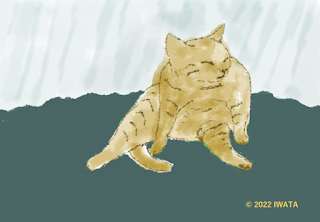注目
- リンクを取得
- ×
- メール
- 他のアプリ
Towards the New Theory of Commodity Money on Inconvertible Credit Money
Endogenous money supply theories have recently experienced a resurgence, but variance exists within these theories. We created a 2 × 2 matrix to analyze endogeneity and exogeneity across various money theories, with one axis representing the money supply and the other representing the logical generation of money. Many endogenous money supply theories consider inconvertible money exogenous, contending that money with finality is fiat money issued by central banks or governments. Nonetheless, some contemporary Marxian economists, particularly Unoists, argue that even inconvertible bank money remains credit money rooted in commodity value and is endogenous to the market economy. Banks issue credit money by lending or purchasing securities. Credit money is based on the value of commodities through the debtors’ assets. To explain such credit money in the value-form theory, Unoist scholars have recently proposed new value-form theories, including a claim to commodity set, as well as branch structure and polymorphism of money.
- リンクを取得
- ×
- メール
- 他のアプリ


コメント
コメントを投稿